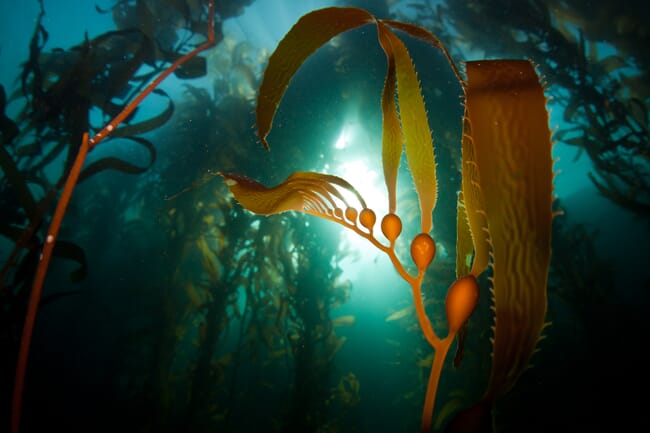
© Kelp Blue
According to the startup, the kelp forests will play a pivotal role in carbon sequestration, fostering biodiversity, and enhancing marine wildlife abundance.
The bonds will be launched on the Namibian Stock Exchange (NSX) and will be one of the first globally listed corporate blue bonds and represent a new channel for capital to flow to similar projects worldwide.
Kelp Blue claims that the innovative financing structure highlights the strength of the investment infrastructure within Namibia and places the country at the forefront of financial innovations in forward-thinking industries. The bond programme will contain clear metrics that highlight the positive environmental impacts, including carbon sequestration, biodiversity monitoring, job creation, and regional economic diversification stemming from the planting of the aforementioned kelp forests.
Two and a half percent of the blue bond proceeds will be committed annually to enhancing marine wildlife conservation and protection, supporting the effective implementation of the Namibian Islands Marine Protected Area (NIMPA) management plan.
Kelp Blue has pledged to establish a steering committee consisting of reputable non-governmental organisations specialising in environmental and social impact, marine protected areas, marine conservation and regenerative practices.
This committee will decide how the 2.5 percent committed to effective NIMPA monitoring and oceans education is to be deployed, and how the spend is to be reported; with the majority going to direct on-the ground projects such as environmental DNA, drone and satellite monitoring of the Marine Protected Area, and school-level oceans education programmes in the coastal communities adjacent to the Marine Protected Area.




